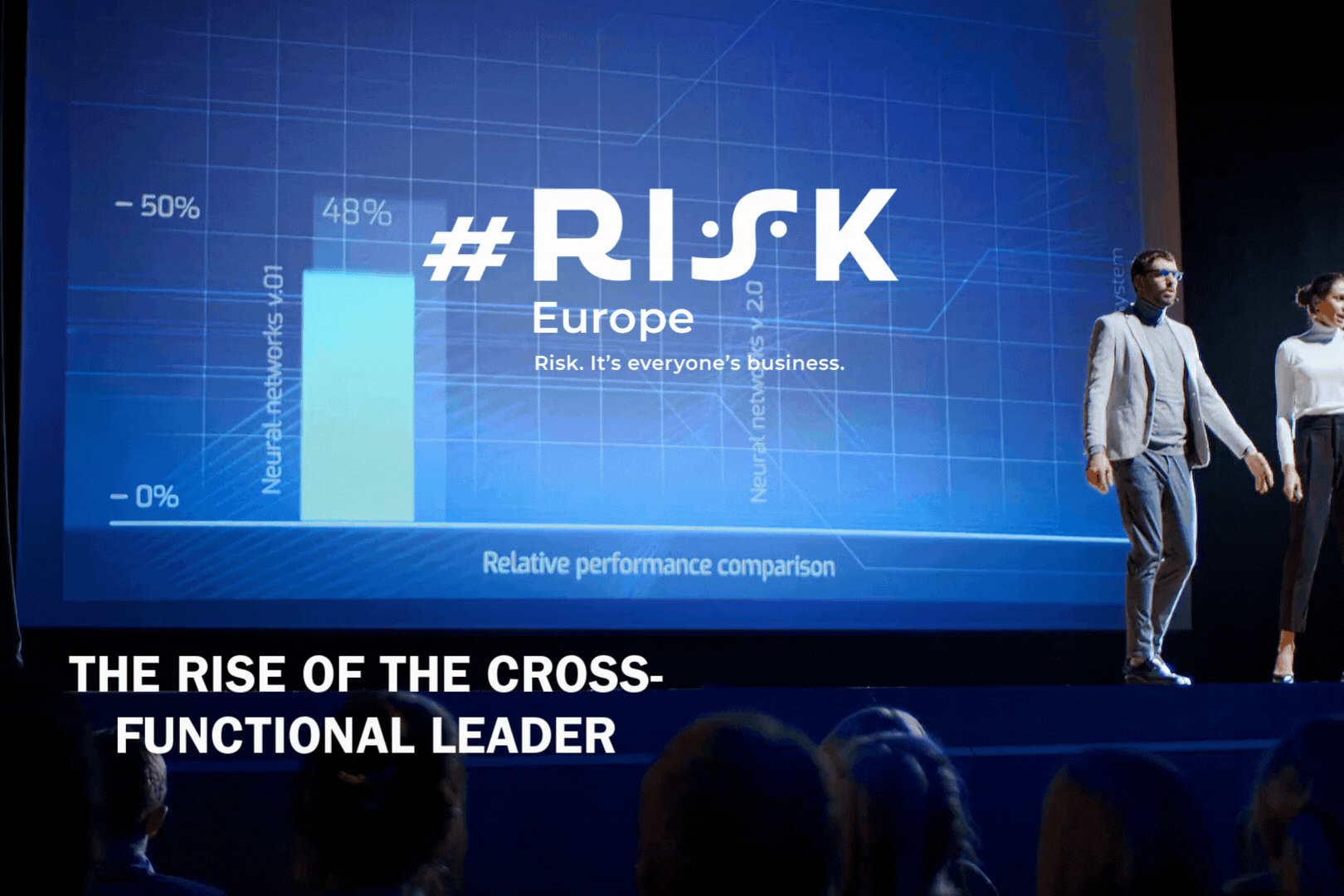Even with strategies and processes designed at mitigating bribery and corruption, these threats appear to be continuously emerging as individuals throughout the organization can and will find ways to sneak past these safeguards and utilize resources for their own personal gain.

The business world can be an unpredictable environment with challenges appearing around every corner. One challenge that often catches organizations by surprise is the emergence of bribery, corruption, and fraud. Even with strategies and processes designed at mitigating bribery and corruption, these threats appear to be continuously emerging as individuals throughout the organization can and will find ways to sneak past these safeguards and utilize resources for their own personal gain.
Not only does bribery and corruption affect the organization by individuals abusing resources at their disposal, but also can have detrimental effects on the organization’s finances and reputation if the matter is brought to the attention of regulatory bodies and penalties are applied. It is because of this that organizations must do all that they can to best mitigate the possibility of corruption, bribery, anti-money laundering, as well as act with transparency if such an event were to occur. Dealing with bribery and corruption related compliance can be extremely difficult for compliance teams, especially within the current dynamic world of business. Fortunately, organizations can utilize GRC information and technology architectures to allow for better effectiveness and agility throughout compliance processes.
A robust compliance strategy is extremely beneficial to any organization. Even if the newly developed and improved compliance strategy does fail, oftentimes regulatory bodies are lenient to the organization offering limited or even sometimes no punishment just because the organization was able to display that they take compliance seriously and are doing all they can to improve it.
In 2012, despite one of Morgan Stanley’s managing directors facing charges of time in prison for evading internal controls required by the Foreign Corrupt Practices Act in an attempt to enrich himself, Morgan Stanley as an organization faced no penalties simply because they demonstrated that their internal controls were effective and efficient. Despite the managing director participating in corruption and bribery, because the organization did all they could to prevent such an incident from occurring, the organization itself was safe from corruption and bribery allegations. This is a clear example of how an effective compliance framework coupled with transparency can greatly enhance the longevity and reputation of an organization.
Leveraging Technology to Address the Fraud Landscape
Achieving effective and efficient compliance is easier said than done, to do so organizations have begun turning to GRC information and technology architectures to bolster compliance capabilities and better prevent the emergence of corruption and bribery. There are several ways this can be done and some of these include:
- Regulatory Intelligence. The first step to any effective compliance strategy is ensuring that the organization and the relevant compliance managers know and understand changing regulation. While this may sound obvious, effectively doing so can be much harder than initially believed. This is where the importance of a GRC information and technology architecture comes into play. These technologies have the capability to feed information such as anti-bribery or AML regulation changes directly to relevant experts for an analysis as to how it might impact the organization.
- Risk Assessments. Once information has been gathered it is time to conduct a risk assessment. Risk assessments are also essential to any compliance program and require a plethora of surveys and reports compiled to determine where risks could emerge and how current controls are failing. This can be time consuming to manage and implementing technological assistance can greatly improve the capability of managing and analyzing these extensive documents.
- Policy Management. Once an accurate assessment has been done it is now time to look at the organization’s policies and procedures. Policies and procedures are the best defense against compliance requirements, and it is pivotal that policies are created in such a way that they are easily comprehensible and effectively mitigate risks. All policies must be documented and go through an approval process to ensure that rogue policies and out-of-date policies are eliminated in a timely manner. In addition to creating and maintaining policies it is important that policies and procedures are effectively communicated throughout the organization to all relevant employees. Continuous training and testing is often used to ensure that employees accurately understand what is expected of them and what they should do in specific situations. Several GRC technologies also offer means of better managing and communicating policies throughout the organization.
- Transparency. As previously stated, transparency within issue reporting and case management can be the difference between penalization or not. Organizations should highly consider developing and bolstering issue reporting and case management practices to better handle incidents if and when they occur. Technology can again greatly assist with this by offering better means of managing documents as well as enhanced collaboration.
Not only must organizations do their best to mitigate the potential acts of bribery, corruption, and money laundering throughout the organization, but also effectively comply with ever-changing regulation throughout the dynamic business environment. This is a tall task for any organization, and many compliance teams are turning to GRC information and technology architectures for help. By doing this organizations can better demonstrate a strong compliance strategy and better comply with the vast ocean of compliance standards.
→ SEE ALSO: FinCrime World Forum - Park Plaza Westminster Bridge, London: 7-8 June 2022
FinCrime World Forum is a two-day in-person event taking place as part of the Digital Trust Europe series.
The event will feature presentations and panels from thought-leaders and anti-financial crime professionals that are leading the way on how we can better, more efficiently and more effectively fight financial crime.













No comments yet